-
 Bitcoin
Bitcoin $107,352.1067
0.28% -
 Ethereum
Ethereum $2,429.3531
-0.90% -
 Tether USDt
Tether USDt $1.0001
-0.02% -
 XRP
XRP $2.1894
4.62% -
 BNB
BNB $646.7968
0.36% -
 Solana
Solana $147.4290
4.03% -
 USDC
USDC $0.9998
-0.02% -
 TRON
TRON $0.2756
1.52% -
 Dogecoin
Dogecoin $0.1630
1.14% -
 Cardano
Cardano $0.5612
1.18% -
 Hyperliquid
Hyperliquid $37.0580
-0.05% -
 Bitcoin Cash
Bitcoin Cash $496.9410
-0.09% -
 Sui
Sui $2.7318
3.19% -
 Chainlink
Chainlink $13.1503
0.58% -
 UNUS SED LEO
UNUS SED LEO $9.0766
0.55% -
 Avalanche
Avalanche $17.7220
1.46% -
 Stellar
Stellar $0.2380
1.52% -
 Toncoin
Toncoin $2.8439
0.38% -
 Shiba Inu
Shiba Inu $0.0...01143
1.84% -
 Litecoin
Litecoin $85.8053
1.47% -
 Hedera
Hedera $0.1483
2.70% -
 Monero
Monero $314.3240
2.12% -
 Bitget Token
Bitget Token $4.6725
0.77% -
 Dai
Dai $1.0000
0.00% -
 Polkadot
Polkadot $3.3555
1.28% -
 Ethena USDe
Ethena USDe $1.0001
0.02% -
 Uniswap
Uniswap $7.0890
2.64% -
 Pi
Pi $0.5355
-3.40% -
 Pepe
Pepe $0.0...09393
1.06% -
 Aave
Aave $256.8136
-1.90%
Will a false breakthrough be caused by a long arrangement of moving averages but insufficient volume?
A strong moving average alignment can signal a bullish trend, but without confirming volume, it may lead to false breakouts and misleading trade signals.
Jun 28, 2025 at 11:00 pm
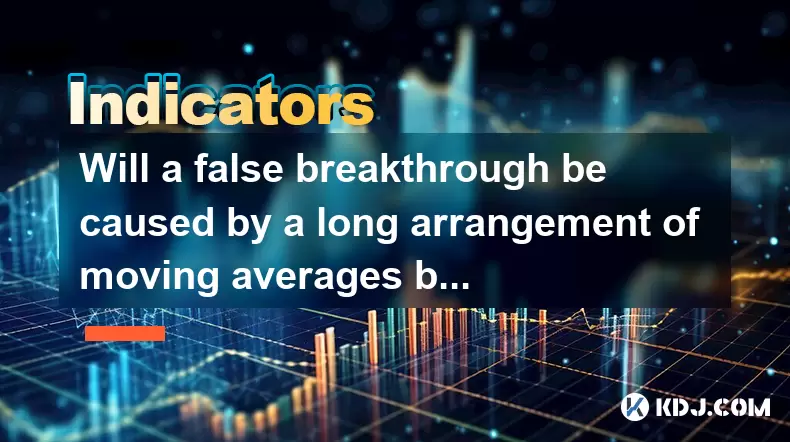
Understanding Moving Averages in Cryptocurrency Trading
In the world of cryptocurrency trading, moving averages are among the most widely used technical indicators. Traders rely on them to identify trends, spot potential reversals, and determine support or resistance levels. A long arrangement of moving averages—such as the 50-day, 100-day, and 200-day simple moving averages (SMA)—can suggest a strong trend is in place. However, relying solely on moving averages without considering volume can lead to misleading signals.
When multiple moving averages align in a particular direction over an extended period, it often indicates a sustained price movement. For instance, if the 50-day SMA crosses above the 100-day and 200-day SMAs, it's commonly referred to as a "golden cross," signaling a bullish trend. Conversely, a "death cross" occurs when the 50-day SMA falls below the longer-term averages, suggesting a bearish shift.
The Role of Volume in Confirming Price Movements
Volume plays a critical role in validating any breakout or breakdown in price. In cryptocurrency markets, where volatility is high and manipulation is not uncommon, low volume during a breakout may indicate a lack of conviction among traders. This can result in what is known as a "false breakout"—a situation where the price appears to break out of a key level but quickly reverses course.
A false breakout can occur even when moving averages suggest a strong trend. If the volume behind the breakout is weak, it implies that institutional buyers or large holders are not participating in the move. Retail traders might jump in based on the moving average alignment, only to find themselves caught in a trap where the price quickly retraces.
How Long-Term Moving Average Alignments Can Mislead Traders
When several long-term moving averages line up closely and appear to form a supportive structure beneath the price, traders may interpret this as a sign of strength. However, if this alignment isn't supported by strong volume, it can create a false sense of security. The market may appear bullish due to the stacked moving averages, but without real buying pressure, the trend lacks sustainability.
This phenomenon is especially common in sideways or consolidating markets. During such periods, price might hover around these long-term averages for days or weeks, giving the illusion of support. When the price eventually breaks through one of these levels, traders may assume a new trend is beginning—only to realize later that the move lacked volume and was quickly reversed.
Identifying False Breakouts Using Volume Analysis
To avoid falling victim to false breakouts, traders should incorporate volume analysis into their strategy. One effective method is to compare current volume with the average volume over a specific period—say, the past 20 or 50 days. If a breakout occurs with volume significantly below average, it's a red flag indicating weakness.
Another useful tool is the On-Balance Volume (OBV) indicator, which tracks cumulative volume flow. A rising OBV during a price rally confirms buying pressure, while a flat or declining OBV suggests distribution. Similarly, candlestick patterns like "spinning tops" or "dojis" accompanied by low volume near key moving averages can signal indecision and potential reversal.
Practical Steps to Avoid False Breakouts in Crypto Trading
To protect against false breakouts caused by long arrangements of moving averages but insufficient volume, traders should follow these practical steps:
- Check volume during breakouts: Ensure that any significant price move coincides with a surge in volume.
- Use volume indicators: Incorporate tools like OBV or Chaikin Money Flow (CMF) to gauge buying and selling pressure.
- Monitor order book depth: In crypto exchanges, observing the order book can reveal whether large orders are supporting the price move.
- Combine with other indicators: Use oscillators like RSI or MACD alongside moving averages to confirm momentum.
- Wait for retest confirmation: After a breakout, wait for the price to retest the broken level as new support or resistance before entering a trade.
By combining these techniques, traders can filter out false signals and improve the accuracy of their entries.
Frequently Asked Questions
Q: What is a false breakout in crypto trading?
A false breakout occurs when the price temporarily moves beyond a key support or resistance level but quickly reverses direction. It often misleads traders who enter positions based on the initial breakout signal.
Q: How does volume affect the reliability of moving average crossovers?
Volume acts as a confirmation tool. A crossover between moving averages is more reliable when it coincides with a noticeable increase in trading volume, indicating stronger participation from market players.
Q: Can moving averages alone be trusted for making trading decisions?
While moving averages are valuable for identifying trends, they should not be used in isolation. Combining them with volume analysis and other technical tools improves decision-making and reduces the risk of false signals.
Q: Why do false breakouts happen more frequently in cryptocurrency markets?
Cryptocurrency markets are highly volatile and often influenced by whale activity and pump-and-dump schemes. These factors contribute to erratic price movements and make false breakouts more common compared to traditional financial markets.
Disclaimer:info@kdj.com
The information provided is not trading advice. kdj.com does not assume any responsibility for any investments made based on the information provided in this article. Cryptocurrencies are highly volatile and it is highly recommended that you invest with caution after thorough research!
If you believe that the content used on this website infringes your copyright, please contact us immediately (info@kdj.com) and we will delete it promptly.
- Ripple, CEO, and the XRP ETF Buzz: What's Next?
- 2025-06-29 00:30:13
- Ripple (XRP) and Crypto Analysis: Navigating Trends and Insights
- 2025-06-29 00:30:13
- Aave Price Bull Rally: Can AAVE Defend Its Critical Support Zone?
- 2025-06-29 00:50:12
- BlockDAG, Avalanche, Airdrop: Shaking Up the Crypto Scene with Innovative Strategies
- 2025-06-29 00:50:12
- Ethereum to $10,000? Crypto Analysts Weigh In on ETH's Ambitious ATH
- 2025-06-29 00:35:12
- Zilliqa 2.0: EVM Support and Protocol Overhaul Usher in a New Era
- 2025-06-29 01:10:13
Related knowledge
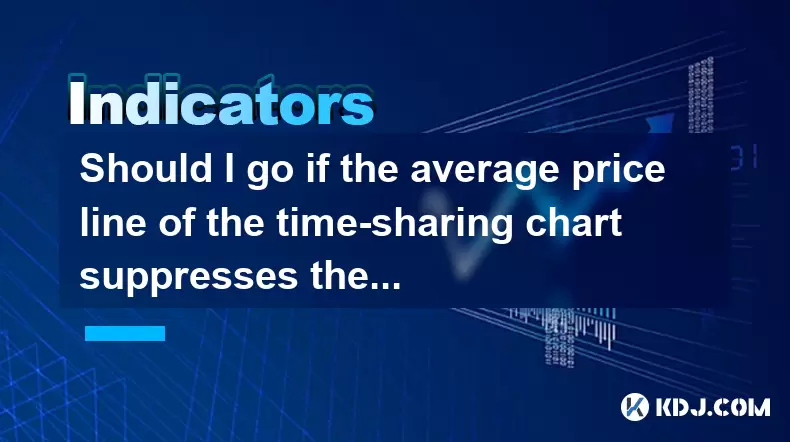
Should I go if the average price line of the time-sharing chart suppresses the rebound?
Jun 28,2025 at 05:14pm
Understanding the Time-Sharing Chart and Average Price LineThe time-sharing chart is a real-time chart used in cryptocurrency trading to visualize price movements over short intervals, typically within a single trading day. It provides traders with insights into intraday volatility and momentum. The average price line, often calculated as a moving avera...
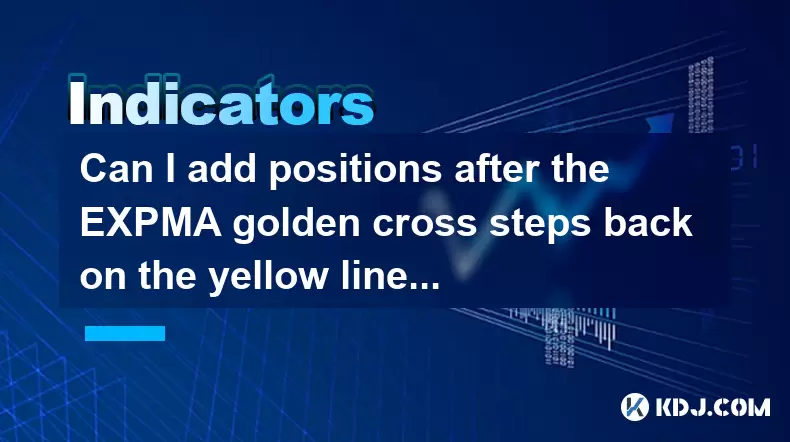
Can I add positions after the EXPMA golden cross steps back on the yellow line?
Jun 28,2025 at 11:57am
Understanding the EXPMA Indicator and Its RelevanceThe EXPMA (Exponential Moving Average) is a technical analysis tool used by traders to identify trends and potential entry or exit points in financial markets, including cryptocurrency trading. Unlike simple moving averages, EXPMA gives more weight to recent price data, making it more responsive to new ...

How to operate the next day after the daily limit is released with huge volume?
Jun 28,2025 at 12:35pm
Understanding the Daily Limit and Its ReleaseIn cryptocurrency trading, daily limits are often set by exchanges to manage volatility or during periods of high market activity. These limits can restrict how much an asset's price can fluctuate within a 24-hour period. When the daily limit is released, it typically means that the price cap has been lifted,...
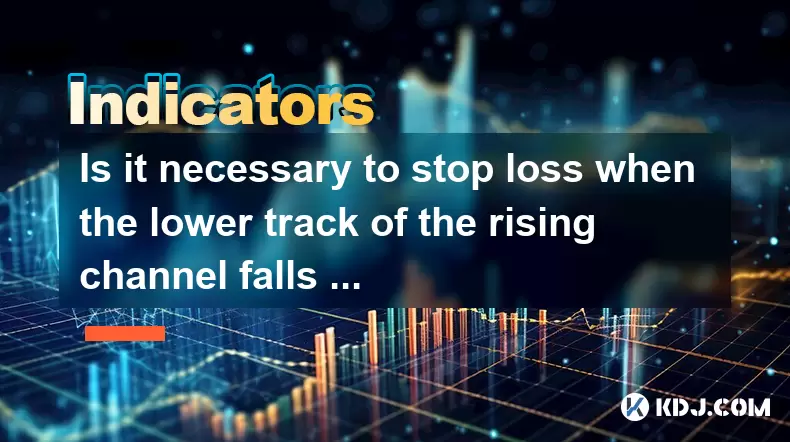
Is it necessary to stop loss when the lower track of the rising channel falls below?
Jun 28,2025 at 05:29pm
Understanding the Rising Channel PatternThe rising channel pattern is a popular technical analysis tool used by traders to identify potential upward trends in asset prices. It consists of two parallel lines: an upper resistance line and a lower support line, both sloping upwards. The price action typically oscillates between these boundaries, offering o...
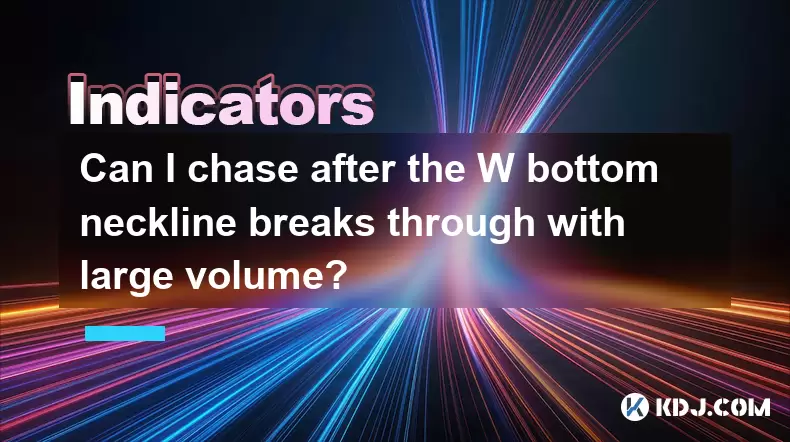
Can I chase after the W bottom neckline breaks through with large volume?
Jun 28,2025 at 07:28am
Understanding the W Bottom Pattern in Cryptocurrency TradingThe W bottom pattern is a common technical analysis formation used by traders to identify potential bullish reversals. In cryptocurrency markets, this pattern typically appears after a downtrend and signals that the selling pressure may be diminishing. The structure of the W bottom includes two...
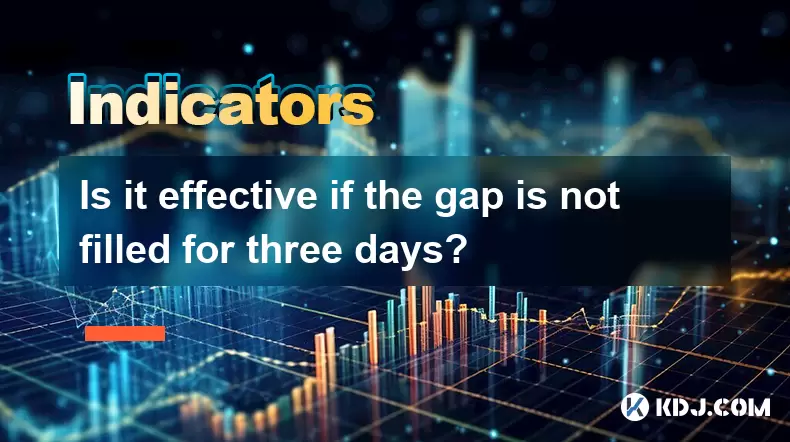
Is it effective if the gap is not filled for three days?
Jun 28,2025 at 01:00pm
Understanding Gaps in Cryptocurrency MarketsIn the context of cryptocurrency trading, a gap refers to a situation where the price of an asset opens significantly higher or lower than its previous closing price, with no trading activity occurring in between. These gaps are commonly observed during periods of high volatility, especially when major news ev...

Should I go if the average price line of the time-sharing chart suppresses the rebound?
Jun 28,2025 at 05:14pm
Understanding the Time-Sharing Chart and Average Price LineThe time-sharing chart is a real-time chart used in cryptocurrency trading to visualize price movements over short intervals, typically within a single trading day. It provides traders with insights into intraday volatility and momentum. The average price line, often calculated as a moving avera...

Can I add positions after the EXPMA golden cross steps back on the yellow line?
Jun 28,2025 at 11:57am
Understanding the EXPMA Indicator and Its RelevanceThe EXPMA (Exponential Moving Average) is a technical analysis tool used by traders to identify trends and potential entry or exit points in financial markets, including cryptocurrency trading. Unlike simple moving averages, EXPMA gives more weight to recent price data, making it more responsive to new ...

How to operate the next day after the daily limit is released with huge volume?
Jun 28,2025 at 12:35pm
Understanding the Daily Limit and Its ReleaseIn cryptocurrency trading, daily limits are often set by exchanges to manage volatility or during periods of high market activity. These limits can restrict how much an asset's price can fluctuate within a 24-hour period. When the daily limit is released, it typically means that the price cap has been lifted,...

Is it necessary to stop loss when the lower track of the rising channel falls below?
Jun 28,2025 at 05:29pm
Understanding the Rising Channel PatternThe rising channel pattern is a popular technical analysis tool used by traders to identify potential upward trends in asset prices. It consists of two parallel lines: an upper resistance line and a lower support line, both sloping upwards. The price action typically oscillates between these boundaries, offering o...

Can I chase after the W bottom neckline breaks through with large volume?
Jun 28,2025 at 07:28am
Understanding the W Bottom Pattern in Cryptocurrency TradingThe W bottom pattern is a common technical analysis formation used by traders to identify potential bullish reversals. In cryptocurrency markets, this pattern typically appears after a downtrend and signals that the selling pressure may be diminishing. The structure of the W bottom includes two...

Is it effective if the gap is not filled for three days?
Jun 28,2025 at 01:00pm
Understanding Gaps in Cryptocurrency MarketsIn the context of cryptocurrency trading, a gap refers to a situation where the price of an asset opens significantly higher or lower than its previous closing price, with no trading activity occurring in between. These gaps are commonly observed during periods of high volatility, especially when major news ev...
See all articles

























































































